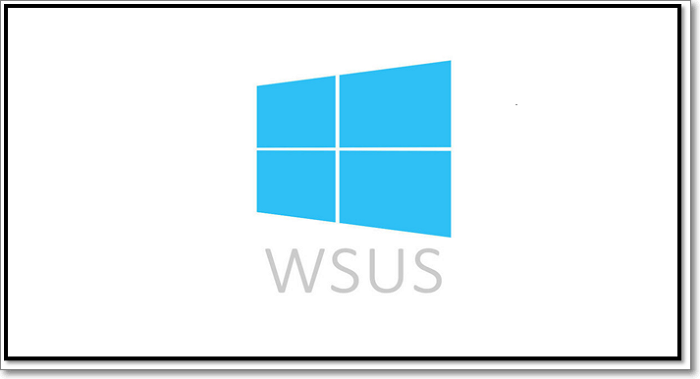Microsoft has officially deprecated Windows Server Update Services (WSUS). This marks a significant move away from a tool that has served as a backbone for patch management in enterprise settings for nearly two decades. WSUS has long been a staple for deploying updates and security patches to Windows devices across corporate networks. Now, its official deprecation signals a transition towards more modern and efficient solutions.
Microsoft’s decision to deprecate WSUS is seen as part of its broader strategy to streamline update management. The deprecation was formally announced by the company, which urged users to explore alternative options for managing software updates and security patches in enterprise environments. IT administrators are now facing the challenge of adopting newer tools and solutions to replace WSUS.
End of an Era
Since its launch in 2003, WSUS has been a critical tool for IT professionals. It allowed system administrators to manage updates across thousands of Windows devices, ensuring they were up to date with the latest security patches and feature enhancements. However, as technology evolves, WSUS has become less suited to the dynamic needs of modern businesses. Microsoft’s focus has now shifted to more agile and scalable cloud-based solutions, which better align with the digital transformation many organizations are undergoing.
Modern Alternatives to WSUS
Microsoft is encouraging organizations to transition to its cloud-based services such as Microsoft Endpoint Manager (MEM) and Azure Update Management. These tools offer more advanced features, better scalability, and tighter integration with modern cloud infrastructures. MEM, in particular, combines the strengths of Configuration Manager and Intune, providing a comprehensive platform for device management, application deployment, and security updates.
With MEM and Azure Update Management, businesses can automate the process of keeping their systems up to date, reduce downtime, and enhance security by ensuring that all devices are consistently patched. The deprecation of WSUS is a clear indication that Microsoft wants companies to embrace these newer solutions, which are better equipped to handle the complexity of modern IT environments.
Impact on IT Professionals
The shift away from WSUS presents both opportunities and challenges for IT administrators. On one hand, the move to more modern tools promises improved efficiency, scalability, and integration with cloud services. On the other hand, it requires IT teams to retrain and rethink their approach to patch management. Migration to tools like MEM may involve significant planning and resources, but the long-term benefits are expected to outweigh the initial investment.
The deprecation of WSUS is part of Microsoft’s ongoing efforts to modernize its suite of tools and services, aligning with the increasing demand for cloud-based solutions in enterprise environments. IT professionals should prepare to transition to more modern platforms and take full advantage of the opportunities these tools offer.
In conclusion, Microsoft’s decision to deprecate WSUS marks the end of an era in IT management. While this shift may present challenges for organizations accustomed to the old system, the newer alternatives are expected to deliver greater efficiency and security in the long run.
